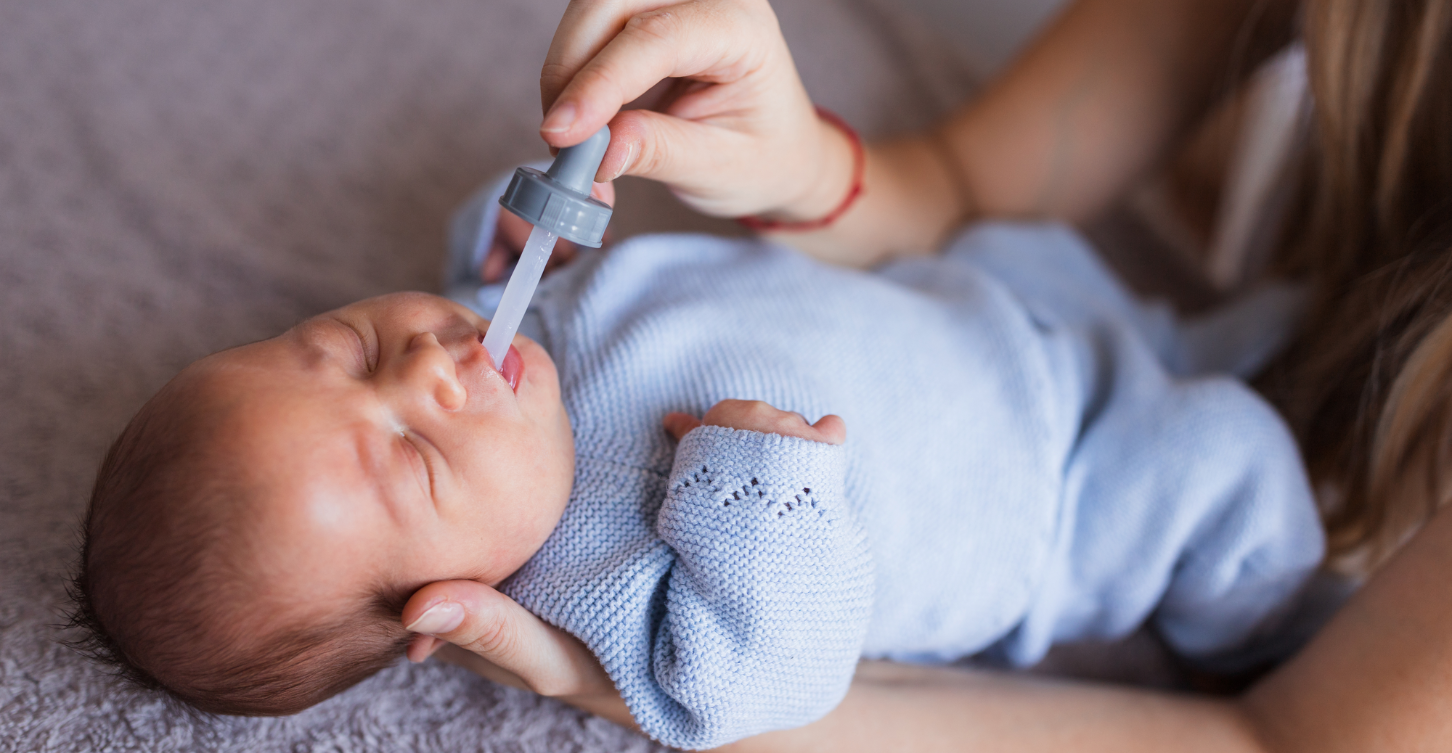Error message
Kids and COVID: Knowing When to Seek Medical Attention
January 26, 2022Categories: Healthy Living, Pediatrics
Since the pandemic began two years ago, we’ve made great progress in understanding COVID-19 and helping to keep it at bay. We know how to recognize the symptoms and understand its transmissibility; we wear masks and have developed vaccines that successfully prevent severe outcomes.
Unfortunately, young children, and particularly infants, are still at risk for contracting the virus. This can be a source of anxiety and stress for parents and families. To quell that anxiety, it’s helpful to know what to expect when your child contracts the virus and when to seek medical attention.
Symptoms to Expect
Studies show that the virus tends to have a milder effect on children than it does on adults. However, it’s important to know which children can be at risk of developing severe symptoms.
Several prospective studies in pediatric patients have shown that COVID-19 sickness for children usually lasts between three and seven days. During that time, fever and cough are the most common symptoms. According to the Centers for Disease Control’s COVID-19 Associated Hospitalization Surveillance Network:
- 60% of children aged 0-4 years old described signs and symptoms of fever and 40% described a cough.
- Other common signs and symptoms described were nausea/vomiting (30%), shortness of breath (25%) and diarrhea (16%).
COVID-19 symptoms in children might present no differently than those seen in bronchiolitis, croup or a viral gastroenteritis, all common ailments that parents are familiar with.
Most children infected with COVID-19, even young ones, don’t require medical attention for mild symptoms beyond providing supportive care at home – hydration, Tylenol or Ibuprofen – similar to care for other upper respiratory or gastrointestinal illnesses.
Care for Children with Chronic Conditions
However, children with chronic conditions like prematurity, chronic lung disease or immunosuppression can be at risk for becoming very sick and warrant a medical check-up.
Any signs of lethargy, severe dehydration and difficulty breathing in a child warrant a trip to see the doctor.
High fevers can often make a child breathe fast and appear ill. Sometimes controlling this with Tylenol or Ibuprofen can be enough to make the child feel better. It’s OK if a young child is eating less if they’re still filling at least a handful of diapers each day.
Testing and Quarantining
Any child or infant showing signs or symptoms of COVID-19 should get tested and stay home. If the child is in school, ask about virtual learning options during quarantine and isolation, and inform the school of positive test results so they can perform contact tracing.
Sick kids should not gather in public places, play sports, participate in extracurricular activities or socialize with people who don’t live in the same house. Check with your school or daycare about their policies and when sick children can return.
COVID-19 continues to affect the local community. Most young children who contract the virus will be asymptomatic or have mild symptoms no different than a common upper respiratory infection or gastroenteritis. These symptoms can be managed at home, but it’s important to be aware of when parents should seek medical help.




